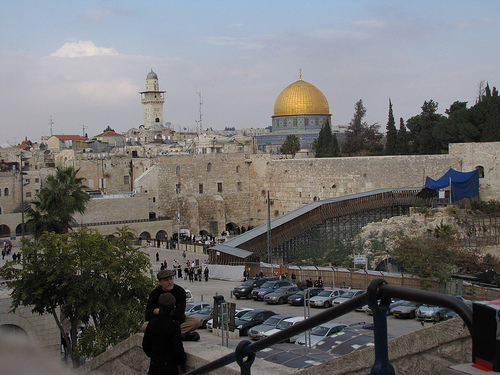When Time magazine selected Barack Obama as their 2012 person of the year, they noted that the re-elected president is seeking to emphasize domestic issues in his second term. While this emphasis may come about, it is highly likely that foreign affairs will occupy much of Obama’s time after his second inauguration.
Following is a quick preview of seven key geopolitical issues that will likely occupy much of Obama’s agenda. What is remarkable is how few of these issues were intensively debated in the long 2012 election campaign.
- America’s fiscal health
The early January deal on tax rates is only the beginning of efforts to restore balance to America’s public finances. If the president is successful in brokering a grand bargain with Republicans, defense and foreign affairs spending will inevitably decline in a significant way. Contrary to the perceptions of many Americans, the U.S. does not spend a great deal of money on international aid and non-military foreign affairs. It is particularly the Department of Defense that would have to adjust to an earlier era of austerity. - Climate change
In 2012, candidate Obama was stunningly quiet about the ongoing climate crisis. After the big letdown at the 2009 climate change conference in Copenhagen, world leaders committed to keep working on a comprehensive plan in South Africa in late 2011. Because of the Great Recession, and a market-driven shift to cleaner fuel sources, American greenhouse emissions are now lower than when Obama took office. Much hard work remains, and major battles loom over EPA regulations and U.S. participation in an international climate change framework. - Iran
It is quite possible that Iran will develop deployable nuclear weapons during the second Obama term. The real threat may be a chaotic nuclear arms race in the Middle East. As Ray Takeyh and others have argued, a nuclear Iran could be contained. Other consequences of a nuclear Iran may be harder to address. - Political reform in China
China is on track to become the world’s largest economy by 2020, if not several years before. That progress, and China’s growing influence around the world is directly dependent upon the country’s political stability. China’s new leaders will be severely tested over the next four years to manage political dissent and information flows. - Transition in Afghanistan
Though Obama did not start the war in Afghanistan, he took direct ownership with the surge of 30,000 additional soldiers into this failed state. The key issue is whether political reconciliation can occur with a sufficient number of the Taliban. - Europe’s future
Europe starts 2013 with some signs of hope. Notably, borrowing rates are sharply lower for most of the region’s governments. Yet, centrifugal forces in the European Union remain strong, and it is quite plausible that President Obama will have to help manage the disintegration of the EU. - Illegal drugs and the Americas
For now, immigration has receded as a defining issue in relations between the United States and its southern neighbors. It is not clear how interested Obama will be in proposing new solutions for the drug-related violence and instability confronting Latin America.


